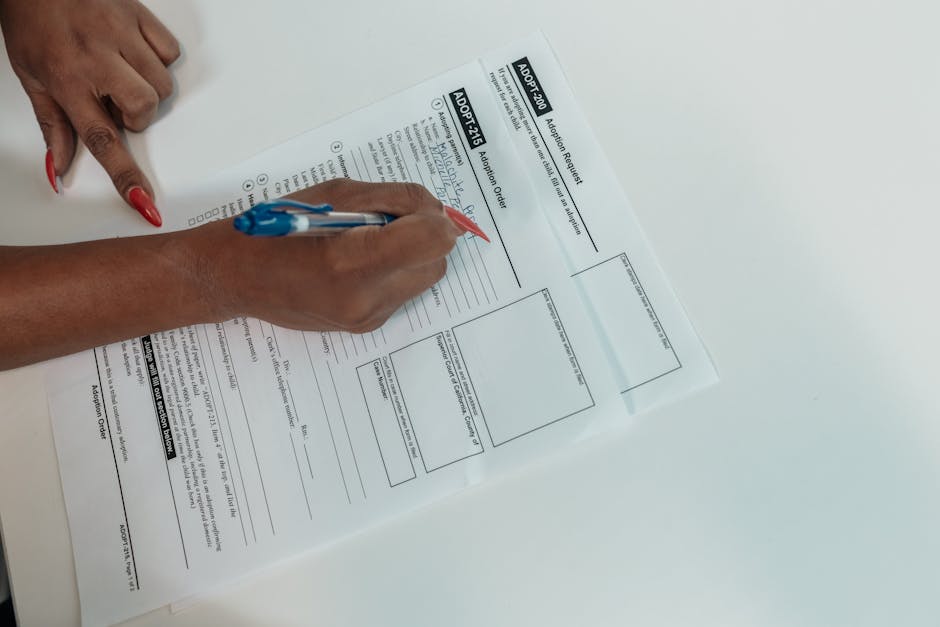Mastering Vacation Scheduling: Tips for a Smooth Out-of-Office Experience
"Effective vacation scheduling is crucial for maintaining a healthy work-life balance and ensuring smooth operations. This article explores best practices and strategies for HR managers, IT managers, and facility managers to optimize vacation scheduling and manage out-of-office time seamlessly. "

Vacation time is essential for employees to recharge, spend quality time with loved ones, and maintain a healthy work-life balance. However, managing vacation schedules and out-of-office (OOO) holidays can be challenging for managers. In this article, we'll explore the best practices for scheduling vacation time and ensuring a smooth OOO experience for your team.

Why Effective Vacation Scheduling Matters
Effective vacation scheduling is crucial for several reasons:
- Employee wellbeing: Regular time off helps prevent burnout, reduces stress, and improves overall job satisfaction.
- Operational efficiency: Properly scheduled vacations minimize disruptions to workflows and ensure adequate coverage.
- Compliance: Adhering to labor laws and company policies regarding vacation time is essential for legal compliance.
Best Practices for Vacation Scheduling
To optimize your vacation scheduling process, consider the following best practices:
1. Establish Clear Policies
Develop clear, written policies that outline:
- Vacation accrual rates
- Request and approval processes
- Blackout dates or peak periods with limited availability
- Minimum staffing requirements
Communicate these policies to all employees and ensure they are easily accessible.
2. Encourage Advance Planning

Encourage employees to plan their vacations well in advance. This allows managers to:
- Identify potential scheduling conflicts
- Arrange coverage or cross-training as needed
- Ensure a fair distribution of time off among team members
Consider implementing a vacation request deadline, such as 30 or 60 days prior to the desired time off.
3. Use Technology to Streamline the Process
Leverage workplace management solutions and HR software to:
- Automate vacation requests and approvals
- Track vacation balances and accruals
- Generate coverage schedules and notifications
- Integrate with team calendars for visibility
Technology can simplify the vacation scheduling process and reduce administrative burdens.
Managing Out-of-Office Time
Once vacations are scheduled, it's essential to manage OOO time effectively:
1. Set Clear Expectations
Before an employee leaves for vacation, ensure they:
- Complete critical tasks or handoff responsibilities
- Set up out-of-office messages on email and voicemail
- Inform clients or stakeholders of their absence and alternative contacts

2. Cross-Train Employees
Cross-training team members on essential tasks and responsibilities helps:
- Maintain productivity during absences
- Develop a more versatile workforce
- Foster collaboration and knowledge sharing
3. Respect Boundaries
Encourage employees to disconnect during their time off. Avoid contacting them unless absolutely necessary, and ensure they know their vacation time is valued and protected.

Conclusion
Effective vacation scheduling and OOO management are essential for maintaining a healthy, productive workforce. By establishing clear policies, encouraging advance planning, leveraging technology, and respecting boundaries, managers can ensure a smooth vacation experience for their teams.
Remember, investing in your employees' well-being through proper vacation management can lead to increased job satisfaction, loyalty, and overall organizational success.


